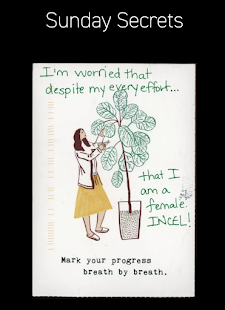One of the main points of Dada art is the interactive element of it. The experience of both language and sound combining to create such alluring art is what captivates so many people. One of the subgroups of Dada art is called combinatory poetics, where text is generated at random, allowing for art to be created in many different mediums such as music, art, and poems to be produced. Chapter two gave the readers a series of examples of combinatory poetics, as well as other forms of art that are very similar but don’t include poetry. One of the examples given was “picture consequences,” which included a person being drawn on a paper, which was then folded and passed around, leading to a beast-like creature by the end. Being surprised by the end result is one of the most memorable elements of dada art, where art forms such as collages don’t feel or look complete until the very last piece is placed on the work. “In contrast to the Dada and the surrealists, who respectively embraced the random and the unconscious, Oulipian writing is generative as a result of its strict adherence to the formal rules that guide its creation,” (Rettberg 80) which highlights the beauty of these types of art forms, and why they have had such a significant impact.
The combinatory poem, A House of Dust, created by Alison Knowles and James Tenney, goes through descriptions of people and places beginning with where they live. The sentence “A house of…” begins each line of the poem, following through unusual descriptions that are thought-provoking and inspire images of the lighthearted scenarios being described. This poem was very simple, as new text continues to pop up on the screen by itself, on a black background with only white font. This allows the readers to focus on the words being given to them, and soak into the poetry as it arrives.
https://nickm.com/memslam/a_house_of_dust.html
Cent Mille milliards de poems



Comments
Post a Comment